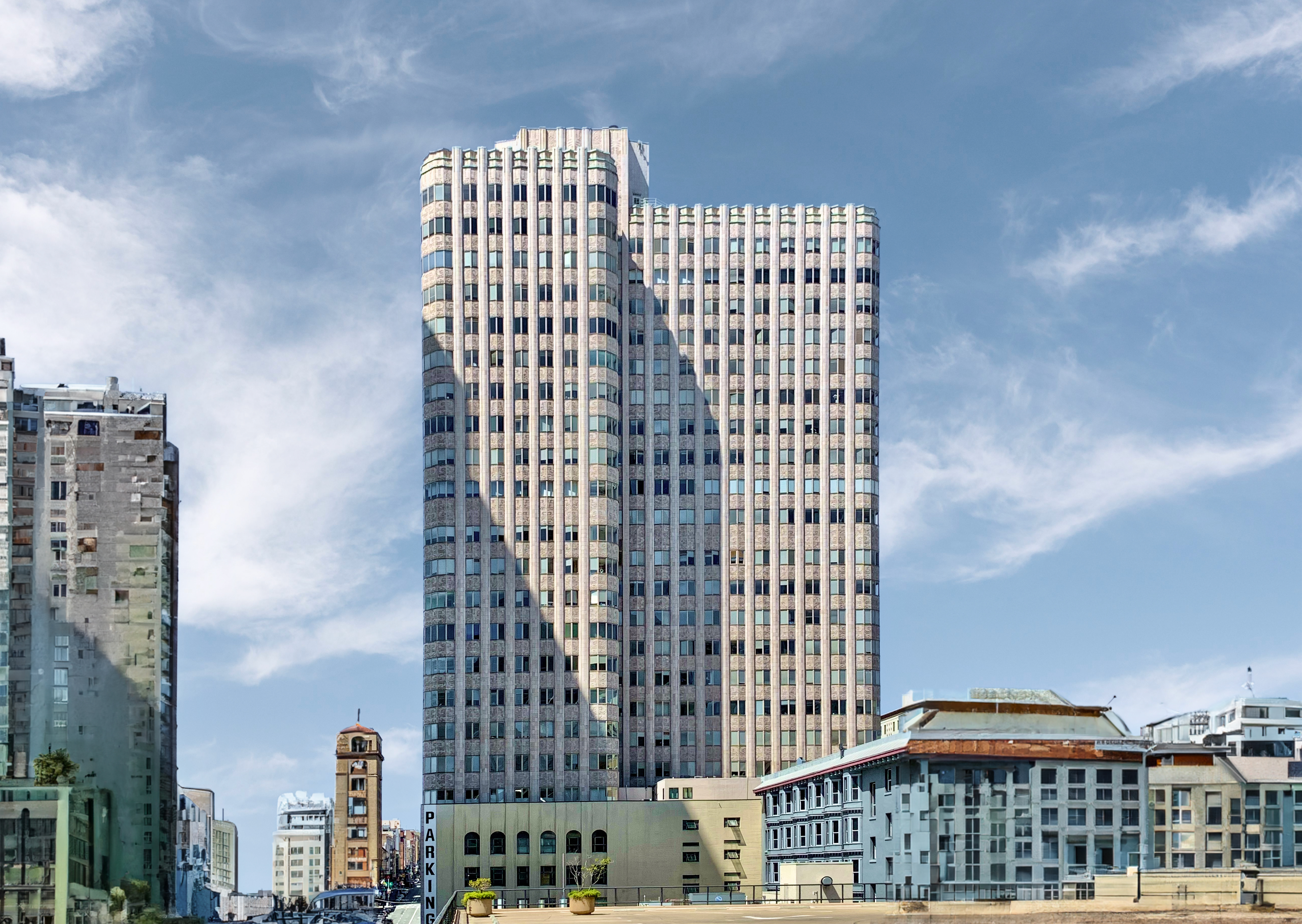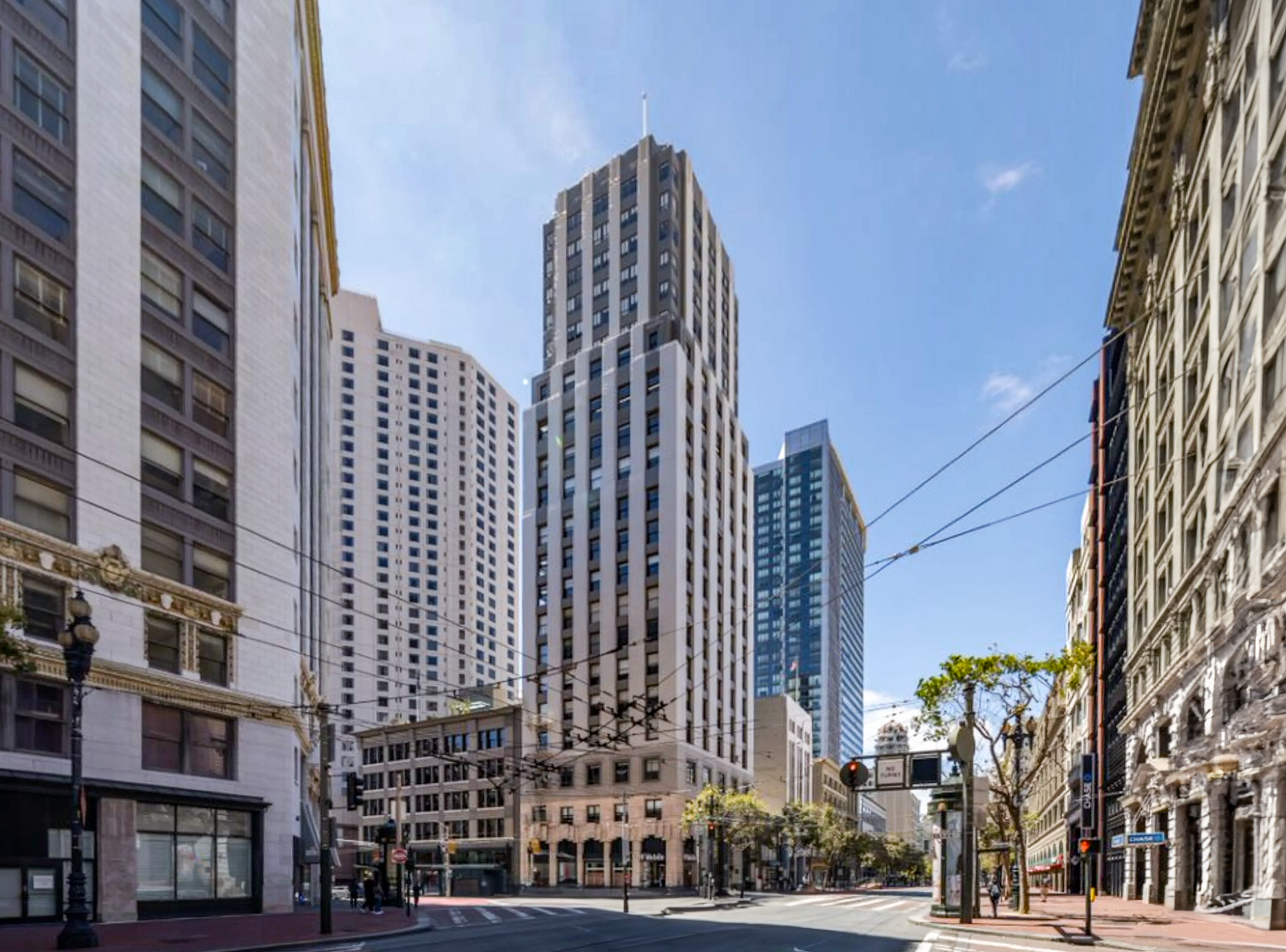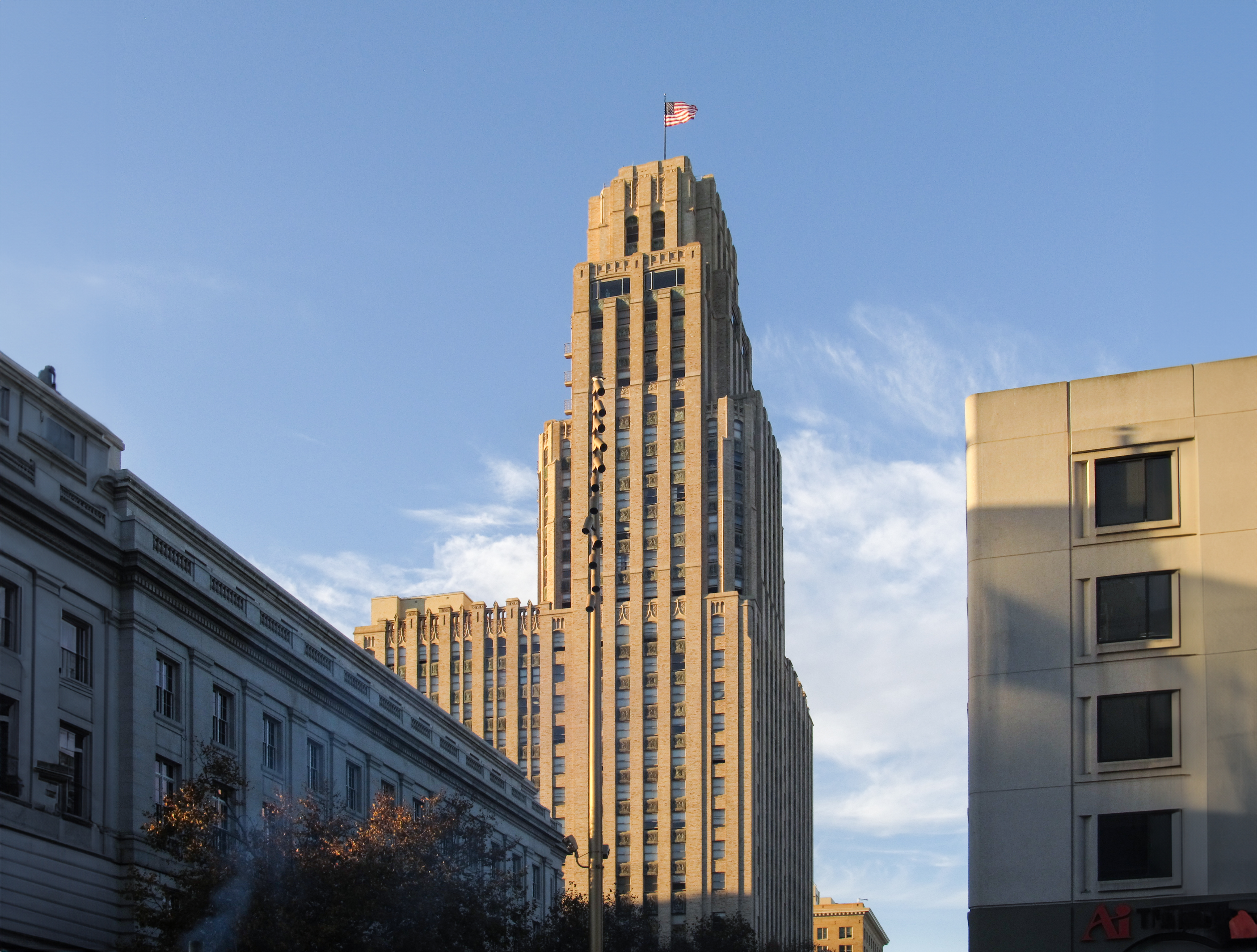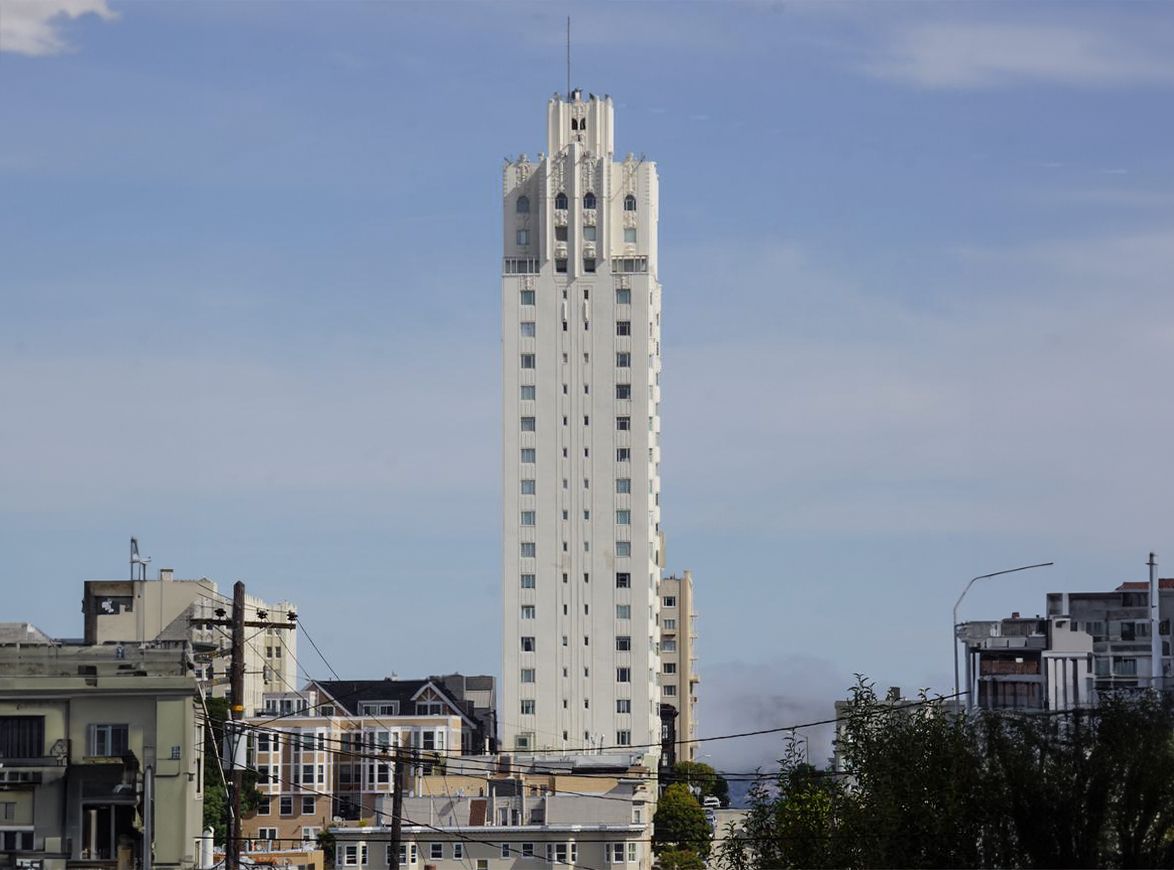The 450 Sutter Street Building is an Art-deco skyscraper designed by Miller and Pflueger, and built between 1928 and 1929 in San Francisco, CA.
450 Sutter Street Building is not the only name you might know this building by though. It is common for companies to want to attach their names to iconic buildings when they move in, or for the general public to come up with nicknames, and this one is no exception. The 450 Sutter Street Building is also known, or has been known as, Four Fifty Sutter Building, or Medical-Dental Office Building.
Its precise street address is 450 Sutter Street, San Francisco, CA. You can also find it on the map here.
The 450 Sutter Street Building is a structure of significant importance both for the city of San Francisco and the United States as a nation. The building embodies the distinctive characteristic features of the time in which it was built and the Art Deco style. Because of that, the 450 Sutter Street Building was officially included in the National Register of Historic Places on December 22nd 2012.
The building underwent a major restoration between 2007 and 2010.





